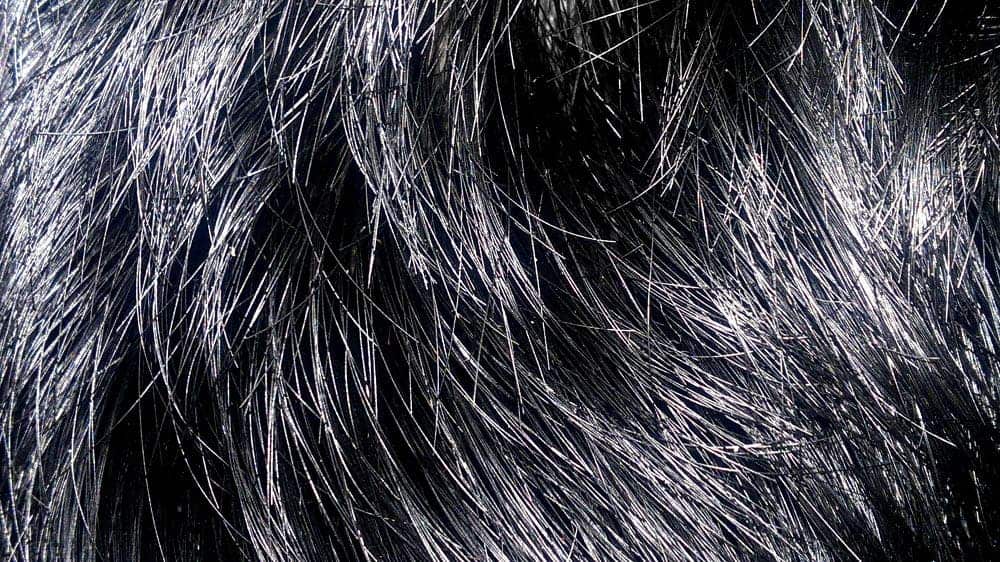A new study has mapped the genetic variations responsible for differences in the distribution, shape and colour of facial and scalp hair.

Short black hair, photo by Tharish.
From white blonde to pitch black to deep red, human hair comes in a myriad of shapes and colors. For years, researchers wanted to figure out what genes are responsible for this variation. Human hair has not only a cosmetic significance, but also informs the study of evolution. Hair can signal social status, health and fertility, and still serves a significant role in regulating body temperature.
“Humans are very distinctive among our primate cousins in that our scalp hair can be very luxuriant and long,” says Desmond Tobin, director of the Centre for Skin Sciences at the University of Bradford, UK, who was involved in the latest study. The amount of hair growing on the body also varies significantly between human individuals.
To investigate this, Kaustubh Adhikari at University College London and his colleagues sampled more than 6,000 people living in Brazil, Columbia, Chile, Mexico and Peru, characterizing volunteers based on the colour, shape and pattern of hair on their scalp and faces. They conducted an approach known as a genome-wide association study (GWAS), comparing genetic variations to physical trait variations.
They found that one of the main variants affects the rate at which hair turns grey, and is located in a gene called IRF4, which regulates the production and storage of melanin — the bodily pigment responsible for determining skin, eye and hair color. Another one which influences the curliness of hair, is in the PRSS53 gene; it creates an enzyme produced in the hair follicle, surrounding and protecting the hair. In total, they identified ten genetic variants that influence natural variations in features of scalp hair. Interestingly, they found that not all genes responsible for scalp hair are responsible for other facial hair, the researchers note in the paper.
It’s also not clear why our hair is as varied as it is.
“One can speculate that as beauty is in the eye of the beholder, the perceived physical attractiveness of these traits has encouraged reproduction,” says Rodney Sinclair, a dermatologist at the University of Melbourne, Australia.
However, Tobin has a more practical view:
“It may be that straighter scalp hair is an adaptation in cooler parts of the world, where rapid dissipation of heat from the scalp — which is more effective with curly or kinked hair types — was less needed,” says Tobin.
Ultimately, hair can yield information about our general state of health Premature balding has been linked to cardiac disease and prostate cancer; premature greying to Down’s syndrome and the rare genetic disease progeria, which causes rapid ageing; and monobrow to a developmental disorder called Cornelia de Lange syndrome.









